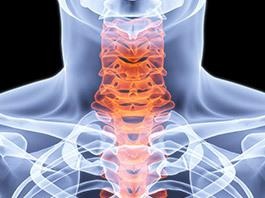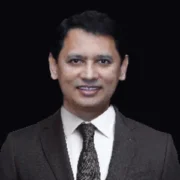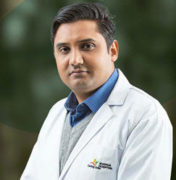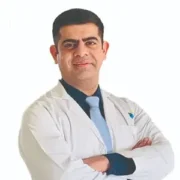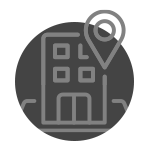What is Anterior Cervical Corpectomy and Fusion (ACCF)?

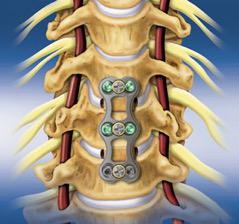
Anterior cervical corpectomy and fusion (ACCF) is used when cervical disorders involve more than just the disks and require the vertebra and disk spaces to be removed on either side, thus decompressing the cervical canal entirely and relieving it. The empty disk space, once removed, needs to be replaced by a bone grafting piece and combined to ensure stability. Similar to discectomy, but to enable more exposure in the neck for the entire vertebra, a larger and vertical incision is needed. The disk and bone, in some cases, push on the spinal cord, which may involve discectomy and corpectomy. The spinal fusion is needed for stabilization of the spine, after removing vertebra, disc, bone spurs, and disc fragments. Spinal fusion is the process of welding. The fundamental idea is to fuse the spinal bones together so that they heal into one solid bone. Metal plates and screws are frequently used to fuse the bones in a location in relation to bone grafts. Fusion will remove some spine flexibility.
What are the symptoms leading to the doctor’s recommendation – Anterior Cervical Corpectomy and Fusion (ACCF)?
- Difficulty moving arms
- Neck pain
- Weakness
- Numbness
- Tingling
- Nerve pain
Evaluations for Anterior Cervical Corpectomy and Fusion (ACCF)
- X-ray
- MRI
- CT scan
- Myelography
- Electromyography
Treatment for Anterior Cervical Corpectomy and Fusion (ACCF)
The procedure is done by giving general anesthesia to the patient. A tiny incision is created in one of the neck creases at the middle of the line. The cervical fascia is divided carefully among the esophagus and carotid sheath in a natural plane. The surgeon uses small retractors and an operative microscope to view the vertebral body and the anterior disks. Once the retractor has been in place an x-ray will be used to confirm the identification of the appropriate spinal level. The spinal cord and nerves can regain their standard size and structure when the compression lesions are separated by performing a complete corpectomy and a discectomy. For the removal of arthritic hypertrophic bone spurs, small operating tools and grasping tools are used. It measures the size of the empty disk space, selects a graft shape to recover the usual disk space height, and then softly pushes the graft in the disk space between the two vertebral bodies. A small metal plate, attached to the vertebras with small screws, is commonly put in order to provide immediate stability to the construct and optimize bone cure and fusion. The X-rays are used to confirm a suitable graft position and alignment.
Estimated Costs
| Hospital | City | Cost of Investigations | Cost of Surgery for 1 Level |
| Artemis Hospital | Gurugram | USD 400 – USD 500 | USD 6800 |
| Jaypee Hospital | Greater Noida | USD 400 – USD 500 | USD 7000 |
| BLK Super Speciality Hospital | New Delhi | USD 400 – USD 500 | USD 7200 |
| W Pratiksha Hospital | Gurugram | USD 400 – USD 500 | USD 6500 |
| Apollo Hospital | Chennai | USD 400 – USD 500 | USD 7400 |
| Global Hospitals | Bangalore | USD 400 – USD 500 | USD 6800 |
| Sharda University Hospital | Greater Noida | USD 400 – USD 500 | USD 6500 |

